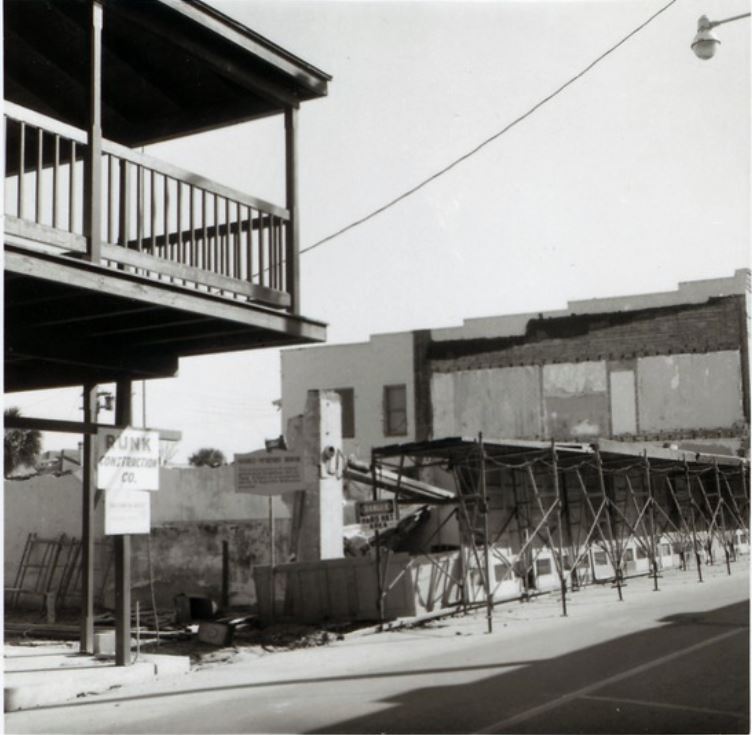In celebrating Hispanic Heritage Month, we have been looking back at the formation of the Pan American Center during the event of the 400th Anniversary of St. Augustine’s founding. In 1965, Herbert Wolfe and the Quadricentennial Committee invited all to celebrate the restoration of St. Augustine to its colonial appearances and to celebrate the creation of an exhibition center that would represent a cultural point of similarity amongst Hispanic nations.

The Pan American Center, as the exhibition building was called, was also known as the Marin-Hassett House. At the site of this house at 97 St. George Street in St. Augustine was once a one-story home that stood during the First Spanish Period. In the 19th century a wooden rear wing and second story was added. The names Marin and Hassett come from some of the house’s original owners. The original stone home belonged to Antonia Marin. In the Second Spanish Period, Father Thomas Hassett, an Irish priest serving St. Augustine’s Menorcan community, bought the property.

It was Senator George Smathers, who was Chairman of the Subcommittee on Latin American Affairs of John F. Kennedy’s President’s Quadricentennial Commission, who invited the Pan American Union to take part in the restoration that was taking place in St. Augustine in the 1960s. Latin American representatives were to arrange cultural exchanges, exhibits, and performances for the celebration in 1965. St. Augustine Restoration Inc. bought 97 St. George Street (which had housed Manufacturer’s Outlet Store and St. George Tavern) and reconstructed the Marin-Hassett House using money donated by U.S. corporations that had conducted business in Latin America. These corporations included Ford, General Motors, Texaco, and Gulf.


Earle Newton, Director-General of the Quadricentennial Commission, served as first curator of the building. He was followed by Dr. Carlton Calkin. Nearby the Pan American Center was a Spanish government cultural and exhibition center. In April of 1965, representatives from Argentina, Brazil, Colombia, Costa Rica, the Dominican Republic, Ecuador, Paraguay, Guatemala, Peru, Panama, Honduras, and the United States took part in a cornerstone ceremony for the building. Inside were displayed art exhibits of Hispanic origin, religious icons from Central and South America, and a Pre-Colombian exhibit.

Pingback: St. Augustine’s Historic Gardens – Governor's House Library